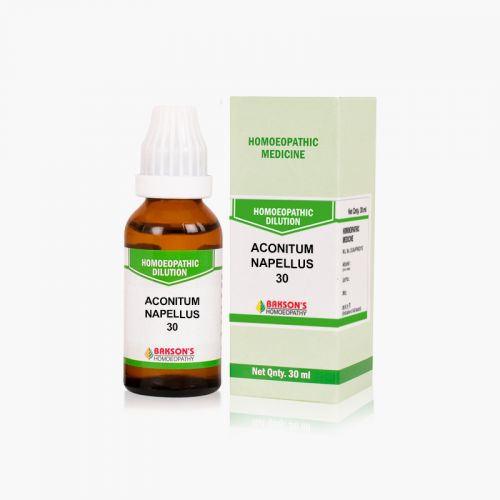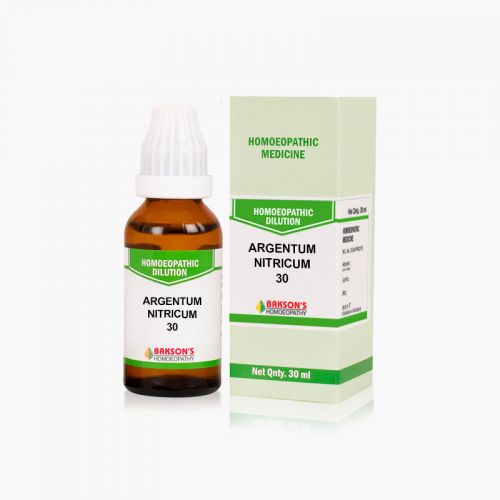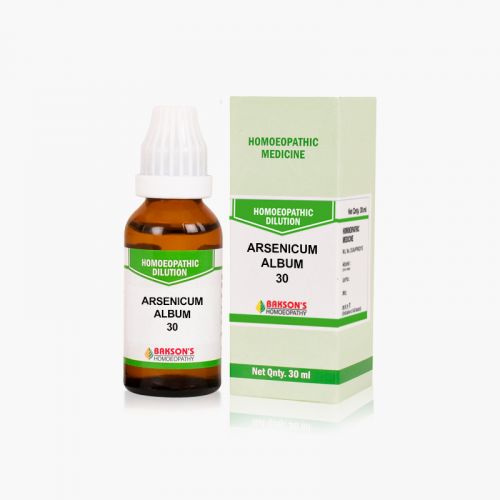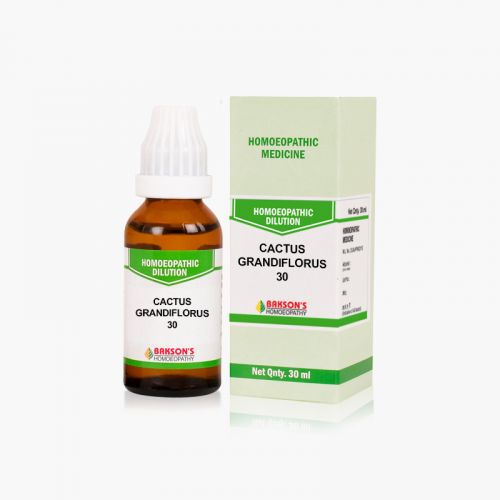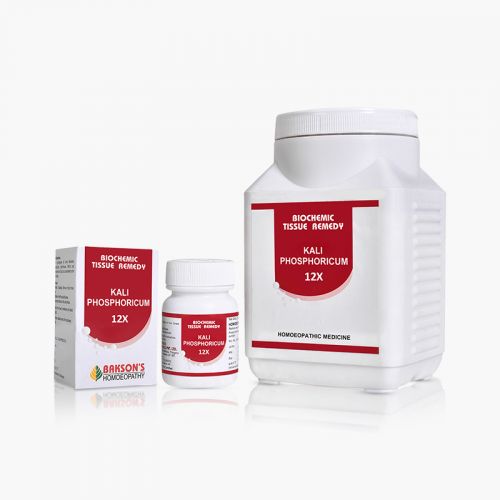We use cookies to make your experience better. To comply with the new e-Privacy directive, we need to ask for your consent to set the cookies. Learn more.
What is Panic Attack?
Panic attacks are defined by the Diagnostic and Statistical Manual of Mental Health Disorders (DSM) as "an abrupt surge of intense fear or discomfort" reaching a peak within minutes.
Panic disorder, however, is a separate entity and is characterised by recurrent, unexpected panic attacks. A hallmark feature of panic disorder is that it occurs without any warning. Panic attacks can occur alongside other disorders like anxiety, mood disorder and substance use disorder.
Panic disorder, according to DSM-III, occurs in adults with a lifetime prevalence of about 2% and a 6-month prevalence of about 1.2%. Panic attacks are relatively common, with a lifetime rate of about 9%.
Risk factors
Genetic factors play an important role in the etiology of panic disorder. First degree relatives have a 40% risk of developing the syndrome if someone in the family has already been diagnosed with the same. There could also be a significant role of chemical imbalance as a major factor in the development of the disorder. Environmental factors also play a role in the pathogenesis of panic disorder.
Sign and symptoms
Four or more sets of physical symptoms accompany a panic attack. These symptoms include; palpitations, accelerated heart rate, sweating, trembling or shaking, sensations of shortness of breath or smothering, feelings of choking, chest pain or discomfort, nausea or abdominal distress, feeling dizzy, unsteady, light-headedness, or faint, chills or heat sensations, paraesthesia's (numbness or tingling sensations), derealization (feelings of unreality) or depersonalization (being detached from oneself), fear of losing control or "going crazy", and fear of dying. Panic attacks occur usually several times a day or could be as infrequent as only a few attacks per year.
Diagnosis
There are no specific laboratory or radiographic techniques to diagnose panic disorder or a panic attack. According to DSM V criteria, if recurrent unexpected panic attacks are happening followed by one month or more of persistent concern over having more attacks, along with a change in the behaviour of the individual to avoid a situation in which they attribute the attack to, the case is diagnosed as having a panic disorder. Also, panic disorder occurs in the absence of other medical or psychiatric conditions unlike panic attack.
General management
Both pharmacological and psychological interventions are required to manage panic disorder. Cognitive behavioural therapy is the mainstay of psychological management. Breathing training is a method of reducing panic symptomatology.
Warning: Above information provided is an overview of the disease, we strongly recommend a doctor's consultation to prevent further advancement of disease and/or development of complications.
Disclaimer: The information provided herein on request, is not to be taken as a replacement for medical advice or diagnosis or treatment of any medical condition. DO NOT SELF MEDICATE. PLEASE CONSULT YOUR PHYSICIAN FOR PROPER DIAGNOSIS AND PRESCRIPTION.
- ACONITUM NAPELLUS 30₹ 100.00
- ARGENTUM NITRICUM 30₹ 100.00
- ARSENICUM ALBUM 30₹ 100.00
- CACTUS GRANDIFLORUS 30₹ 100.00
-




